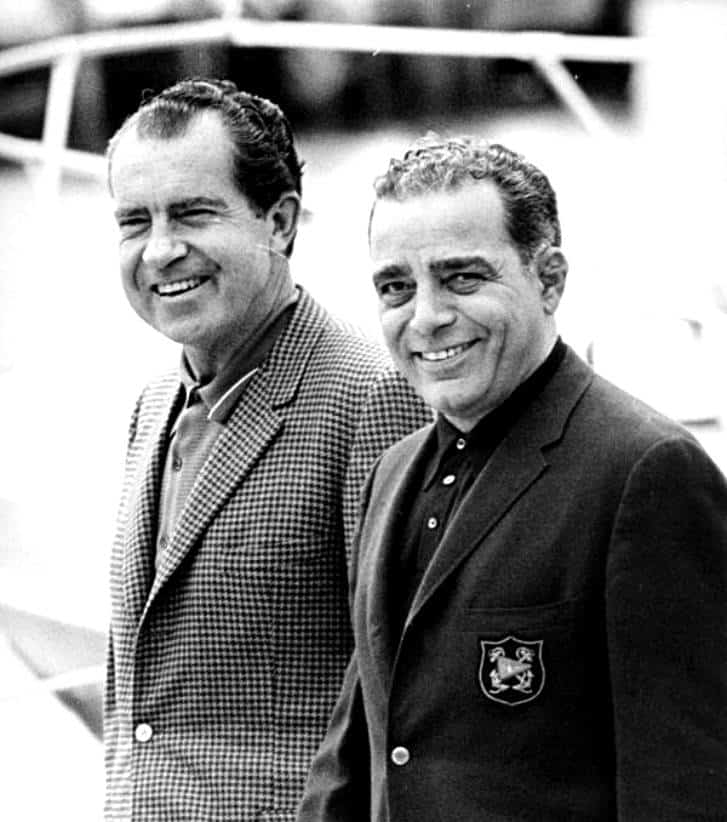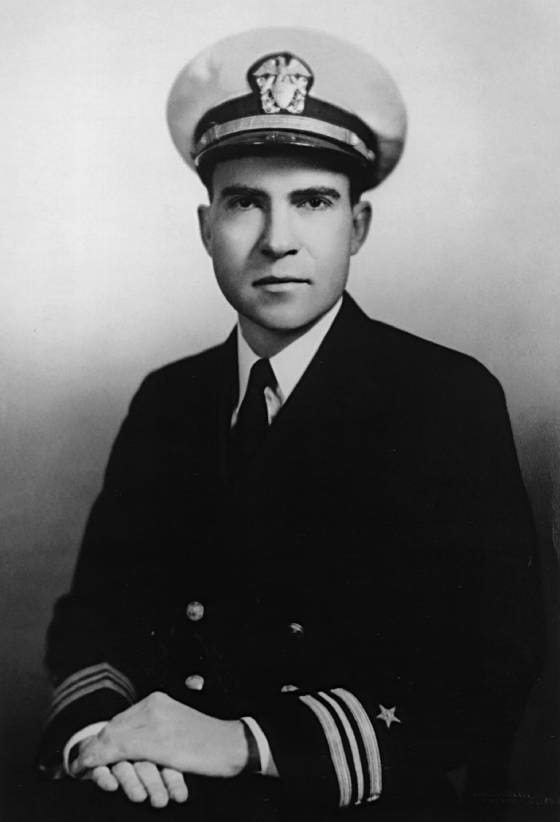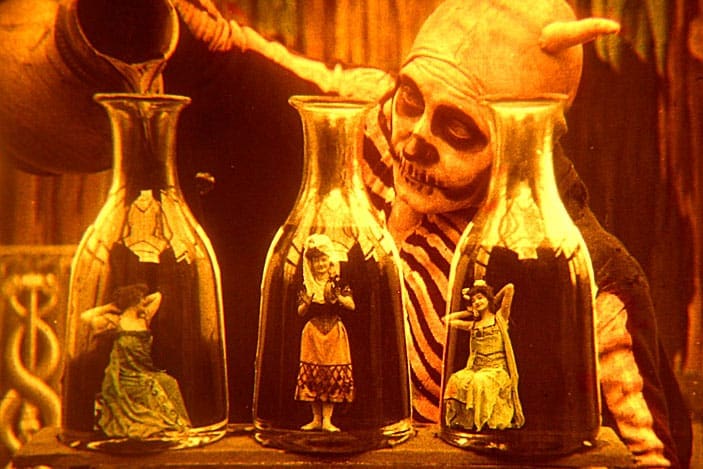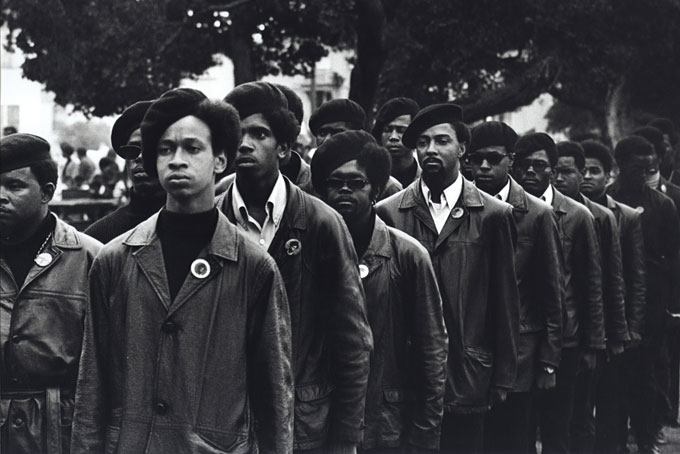Excerpt from The Marseille Connection by Kenneth Foard McCallion
As a young federal prosecutor during the 1970s and 1980s, I played a minor role in the federal government’s “War on Drugs,” originally launched by the Nixon Administration and continued by both Republican and Democratic administrations. The Drug Enforcement Administration (DEA) was established in 1973 by an executive order signed by then–President Nixon, ostensibly as part of “an all–out war on the global drug menace.” It was not until much later that we learned that Nixon’s real objective was not so much to stop the trafficking of narcotics but, rather, to criminally prosecute and incarcerate as many inner-city blacks and civil rights leaders as possible on drug charges, as well as their anti–war and “liberal” allies in the white communities. Nixon considered African–Americans and anti–war liberals to be his two major political enemies. The War on Drugs was designed to neutralize both of them. Well–financed undercover narcotics operations and networks of paid informants led to a blizzard of well–publicized but low–level prosecutions against marijuana users and small– time drug dealers. In the process, a large percentage of young black males were condemned to a life in prison, and both the civil rights and anti–war movements were impeded as they became riddled with undercover agents and paid informants looking to build a case against as many leaders as possible.
Over the span of a decade, billions of dollars in taxpayers’ money were spent on increased law enforcement manpower, sophisticated equipment, as well as payments to a vast network of undercover in‐ formants and operatives. However, what puzzled me and, no doubt, many other observers was that virtually all of the federal government’s efforts in its “War On Drugs” were focused on stopping the flow of narcotics from Mexico and elsewhere in Latin America, with little or no effort to halt the flow of pure white heroin being refined in Marseille, France and distributed throughout North America and globally by the French–Corsican organized crime group known as the Unione Corse. Indeed, the DEA’s near tunnel–vision focus on eliminating the marijuana, cocaine, and brown heroin coming into the U.S. from Latin America seemed to be having the unintended (or perhaps intended) result of eliminating–or at least restricting–the trafficking operations of the Unione Corse’s major competitors from South of the Border.
In 1969, a hugely popular book by author Robin Moore, entitled The French Connection, was based on the real–life story of how an investigation by NYPD detectives Jimmy “Popeye” Doyle and Buddy “Cloudy” Russo arrested some low–level French narcotics traffickers who were attempting to bring a large shipment of narcotics into the U.S. hidden in an imported French car. The movie of the same name won five major awards at the 44th Academy Awards, including Best Actor Gene Hackman, Best Director, and Best Movie for the year 1971. However, what intrigued me the most was that none of the higher–ups in the French–Corsican organization that supplied the heroin through the established Marseille channels were ever prosecuted or even publicly identified. The federal indictment in the case made cryptic reference to an unidentified “John Doe” defendant who was identified as the “kingpin” of the operation, but for some unknown reason, he was never arrested, prosecuted, or even identified.
Many years later, after I had left the U.S. Department of Justice to become a civil litigator, I started doing research for a book on the history of U.S. narcotics enforcement. This research led me back to the question of why the Unione Corse seemed to have been given a “free pass” by U.S. and French law enforcement agencies supposedly engaged in an international War on Drugs. It took me several years of research to find the answer, which is that the U.S. and the French government had entered into a “hands–off” agreement in 1947 with the French–Corsican organized crime syndicate based in Marseille in return for the Unione Corse’s assistance in breaking the labor strike in Marseille. This strike had closed down the Port of Marseille to shipping, thus crippling U.S. efforts to provide France and the rest of Western Europe with the food and equipment that was desperately needed to stave off the political take–over in those countries by Communist and other pro–Russian political parties. Known as the “Marseille Accord” or “Marseille Agreement” at the time, there was very little, if any, readily available historical evidence of the agreement, which effectively gave the Unione Corse virtual immunity from prosecution and carte blanche to carry out their narcotics trafficking without significant governmental interference.
But why hadn’t I heard about this before? After all, I had been a history major in college and an avid reader of almost any book or article dealing with 20th Century U.S. and contemporary history, so why had nothing been written about this highly significant and consequential agreement and its aftermath? Why hadn’t I heard about any high–profile Congressional hearings about this, and why hadn’t some enterprising investigative journalist latched onto this story to become the next media superstar, just as Woodward and Bernstein had rode their way to fame and fortune by doggedly pursuing the Watergate investigation?
To my amazement, I discovered that there were, in fact, Congressional and state legislative investigations of the Unione Corse and its narcotics trafficking operations in the U.S., but that these investigations had largely fizzled out, like some supernova that lights up the sky for a few fractions of a second and then dies out just as quickly. In a June 1975 article entitled, The Model, the Drug Ring And the Big Evidence Hunt, the New York Times reported that “a swarm of local, state, federal and international police agencies, along with a United States Senator and an Albany committee, have been racing each other for more than two months in pursuit of a spurned husband’s bizarre tale of an inter‐ national drug ring.” The Times article elaborated: “Spurred by post– Watergate fears of a cover–up and tantalized by an unlikely cast of characters that includes European millionaires, Caribbean jetsetters, the Nixon White House and a gorgeous model, the investigators are about to hold unusual public hearings into the affair….”
The public hearings being referred to were conducted by the New York State Select Committee on Crime, spurred by Senator James Buckley of New York. Buckley and his staff had become fascinated by the tale of international intrigue and corruption reaching the highest levels of the U.S. and French Governments. The primary source of this information was William Spector, a Cadillac dealer from upstate New York who had been an intelligence officer and Lieutenant in the U.S. Army during World War II, and then stayed on in Europe after the war as an OSS/CIA agent to help collect as much Nazi intelligence information on Russia as possible before key Nazi officers and their information fell into the hands of the Russians. Most notably, Spector was one of three U.S. officers who attended a clandestine meeting in Marseille in 1947 to formulate a plan to reopen up the Marseille Port to U.S. shipping. At the meeting, an agreement was reached between the French, U.S., and representatives of the Unione Corse. The Unione Corse would provide the necessary “muscle” to break up the strikes, in return for which the U.S. and French governments would give them a “free hand” with regard to their heroin manufacturing and distribution operations. Known as the “Marseille Accord” or “Marseille Agreement,” this unwritten agreement became one of the cornerstones and “dirty little secrets” of U.S. and French law enforcement policy for the next several decades.
What was so electrifying and sensational about Spector’s revelations was that he was now ready to blow the whistle on this long‐standing corrupt relationship that the U.S. (through the CIA) and France (through its intelligence services) had with the Unione Corse. Spector’s ex–wife and ex–international model from the island of St. Martin, Patricia Richardson, had literally destroyed his Cadillac dealership business and his own reputation by using his cars to transport heroin across the U.S.–Canadian border from Montreal, and then siphoning off millions of dollars from his business with an elaborate bank fraud scheme. His own investigation, based in part on various papers and diaries she had left behind, revealed that she herself was a member of the Unione Corse’s top leadership, and that along with another leading member of this French–Corsican mob, Paul–Louis Weiller, had provided the critical financial support to Richard Nixon’s successful 1968 presidential campaign.
So where were the transcripts of these State Select Committee hearings and the evidence that had been collected? Incredibly, the New York State Senate archives and other public sources in Albany and New York did not have copies of the hearing records or the final report. Nor could these records be found among Senator Buckley’s records or anywhere else where we searched. It soon became clear that this was not a case of inadvertence or mistake. Extensive public records like this do not just disappear. Clearly, someone or something did not want these records to be publicly available, so they had been “disappeared” or “deep sixed,” to use the parlance popular at the time of the Watergate investigation. The National Archive records relating to Weiller, Richardson and other critical players in this drama had also gone missing, although some of the filing cards on Weiller and others had been overlooked and were still available.
Not to be deterred, I and a few intrepid researchers assisting me were able to piece together the “back story” of the leadership of the Unione Corse that were behind The French Connection case, including the story of how two of the kingpins in this organization–Weiller and Richardson–were the ones who provided Richard Nixon with the $2 million in much–needed cash to win the 1968 presidential election by a razor–thin margin. We also uncovered conclusive evidence that this French–Corsican organization, through its leadership and affiliated ex–Nazis and fascists, gained unrestricted access to the Nixon White House and the entire federal administration. And finally, it was the Nixon team’s unholy alliance with the French–Corsican mob and their unsavory cohorts that was the major precipitating factor in Nixon’s decision to authorize the Watergate break–in of the Democratic National Committee offices, which Nixon had been led to believe held documents linking him to cash payoffs from the Unione Corse, Howard Hughes, and others.
With the benefit of access to previously unavailable diaries, records, and witnesses, and after years of in–depth research, the Marseille Connection’s full story and its previously undisclosed impact on the U.S. can finally be told.
The Marseille Connection by Kenneth Foard McCallion is out now.





















